History of the Irish Samphire
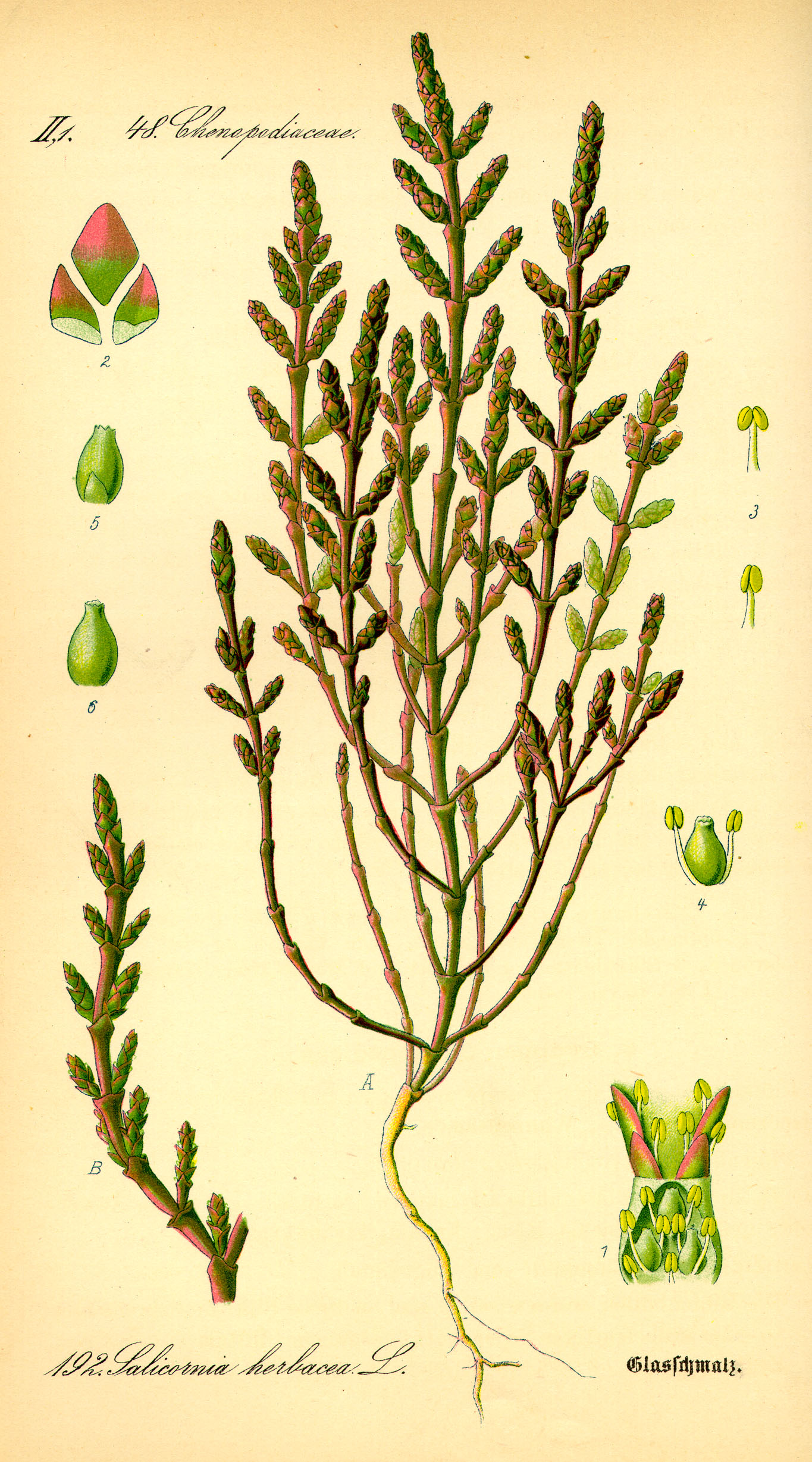 click here to jump to the ecology of the Irish samphire
click here to jump to the ecology of the Irish samphire
The name 'Samphire' comes from the French name for the plant, 'Herbe de Saint Pierre' which was named after the patron saint of fishermen “St Peter” because all of the original plants with its name grow in rocky salt-sprayed regions along the sea coast of northern Europe or in its coastal marsh lands.
There are a few types of samphire, of which two are most commonly and widely known in Ireland: marsh samphire (Salicornia europaea) sometimes also called glasswort or sea asparagus and rock samphire (Crithmum maritimum) sometimes also called sea fennel. In Irish they also have to different name while the marsh samphire is referred to as ‘cnámhlus’, rock samphire is called ‘craobhraic’.
Although these two plants are not related to each other they are both halophytes which means they are salt-loving plants that cannot grow in pure freshwater habitats.
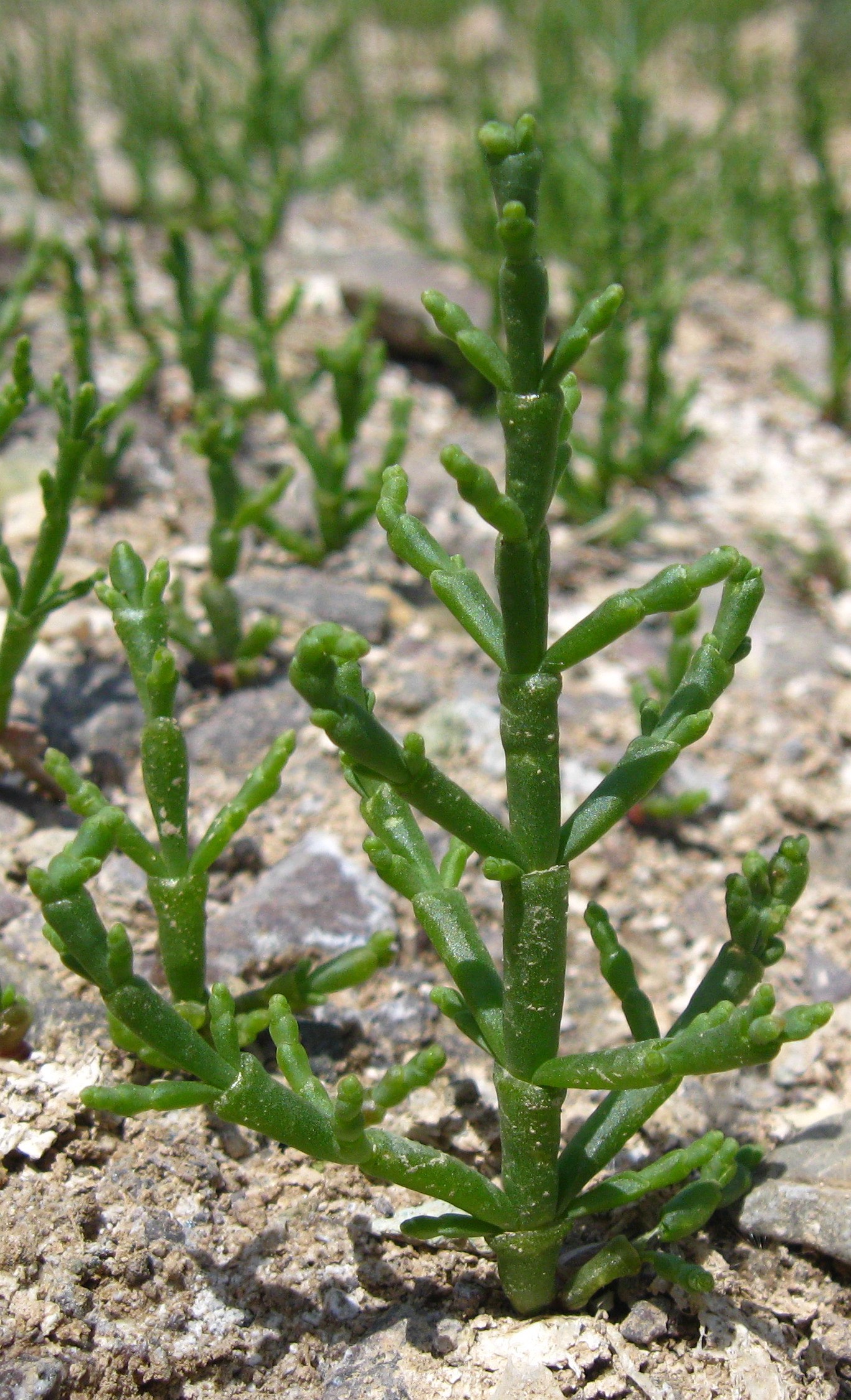
Marsh Samphire
Marsh samphire is high in sodium carbonate (also known as soda ash) and the alternative name, glasswort, comes from its ancient use in the glass industry. In the 14th century glassmakers used to locate their workshops near regions where this plant grew, since it was so closely linked to their trade. Burning the plant released the sodium more easily than from common salt. Samphire was gathered and burned in heaps and the ash fused with sand to make glass, or for better glass, the ash was leached with lime water to make a solution of caustic soda, evaporated and then added to the silica. In 1806, the introduction of LeBlanc's process of obtaining soda from sodium chloride changed the glass production and its industry and samphire was no longer needed. However, it was also used, mixed with animal fats, as a soda source in soap making, but Soapwort, Saponaria, is a quite different genus.
Domestic production was supplemented by imports from Spain and North Africa and the local trade died out in the 19th century.
Rock Samphire
Rock samphire was mostly eaten in the olden days. This is interesting, because today we would eat marsh samphire rather than rock samphire and some say that the bitter taste and petroleum notes make the rock samphire unpleasant to eat. During the height of its popularity it was also known as ‘poor man’s samphire’ and indeed harvesting rock samphire was once a means for poorer country folk to make scant and precarious living.
400 to 500 years ago, foraging rock samphire was quite a difficult and dangerous occupation as it involved men and boys dangling off cliffs attached to ropes, battling the coastal weather.
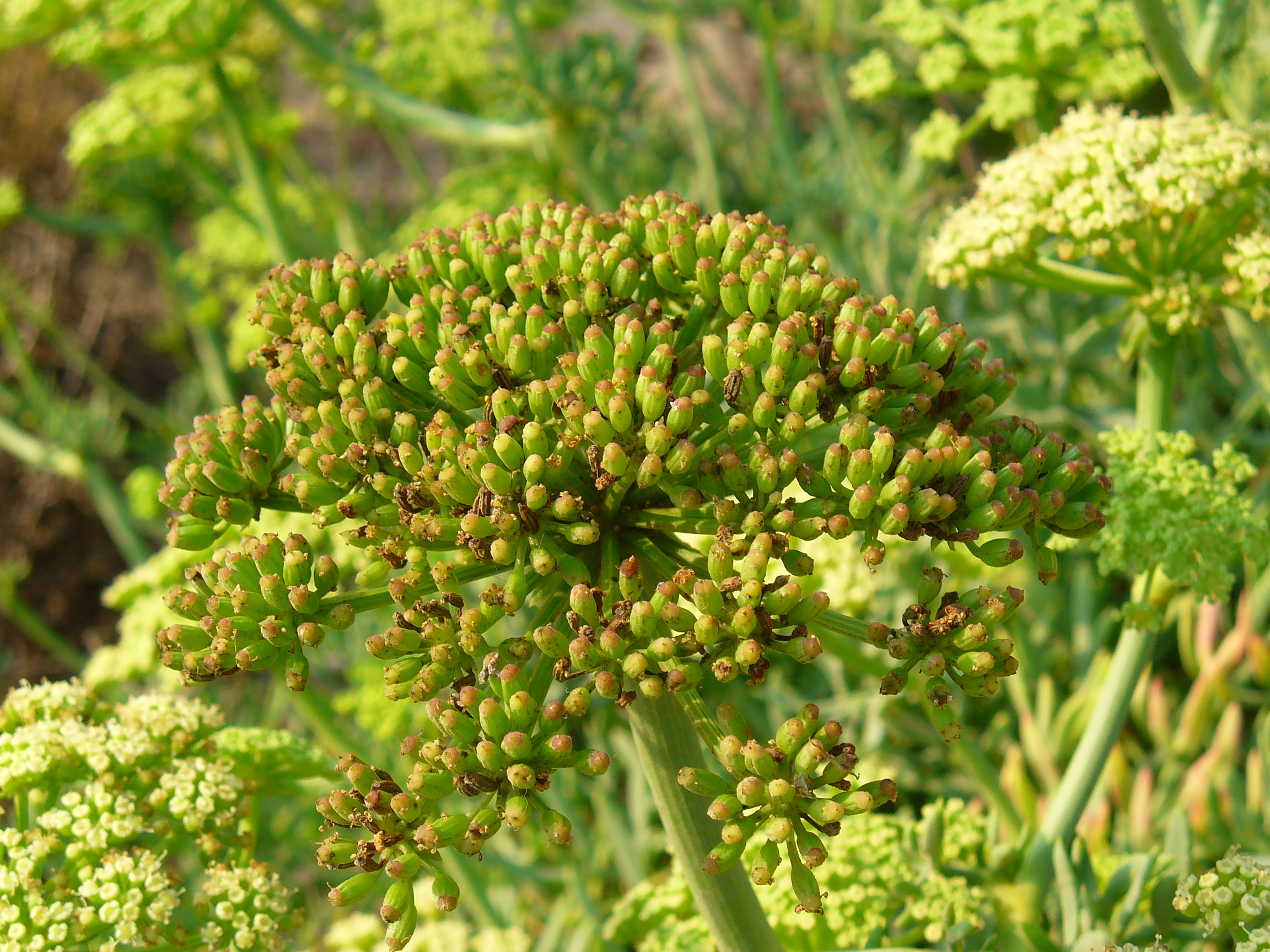
Even William Shakespeare knew about the risky business of gathering rock samphire as described in his King Lear:
'Half-way down Hangs one that gathers samphire; dreadful trade!' — Act IV, Scene VI, Lines 14-15
Rock samphire was usually cooked in vinegar and made into a pickle. And this is what we found for all of our historical recipes from the 1690s to the 1840s (see historical recipe).
In the sixteenth century, herbalish John Gerard wrote: 'The leaves kept in pickle and eaten in sallads with oile and vinegar is a pleasant sauce for meat, wholesome for the stoppings of the liver, milt and kidnies. It is the pleasantest sauce, most familiar and best agreeing with man's body'.
In Italy, along the Adriatic coast, there is a great culinary heritage of rock samphire in local dishes.
Nowadays, rock samphire is much more difficult to find and marsh samphire is the more common variety to be eaten.
Samphire Trivia
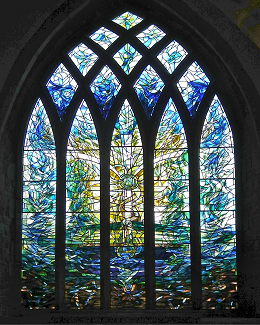 Did you know that marsh samphire was used as a soda source for the ancient glass and soap industries due to its high sodium carbonate content?
Did you know that marsh samphire was used as a soda source for the ancient glass and soap industries due to its high sodium carbonate content?
Burning the plant released the sodium more easily than from common salt and so Samphire was burnt and the ash fused with sand and leached with lime water to make glass or it was combined with animal fats to make soap.
In the last couple of decades, research studies have increasingly investigated samphire as cost-effetive biofilters for aquaculture wastewater and valuable byproduct. The halophyte's health benefit and biofuel potentials receive great attention, since it was indicated that these species have a high content of polyunsaturated fatty acids, carotenoids, vitamins, sterols, essential oils (terpenes), polysaccharides, glycosides, and phenolic compounds. Many species belonging to Salicornia are being trialed as profitable crops in salty, sandy soils as found in middle Eastern countries such as Kuwait.
Ecology of Samphire
click here to jump back to the history of the Irish samphireDistribution
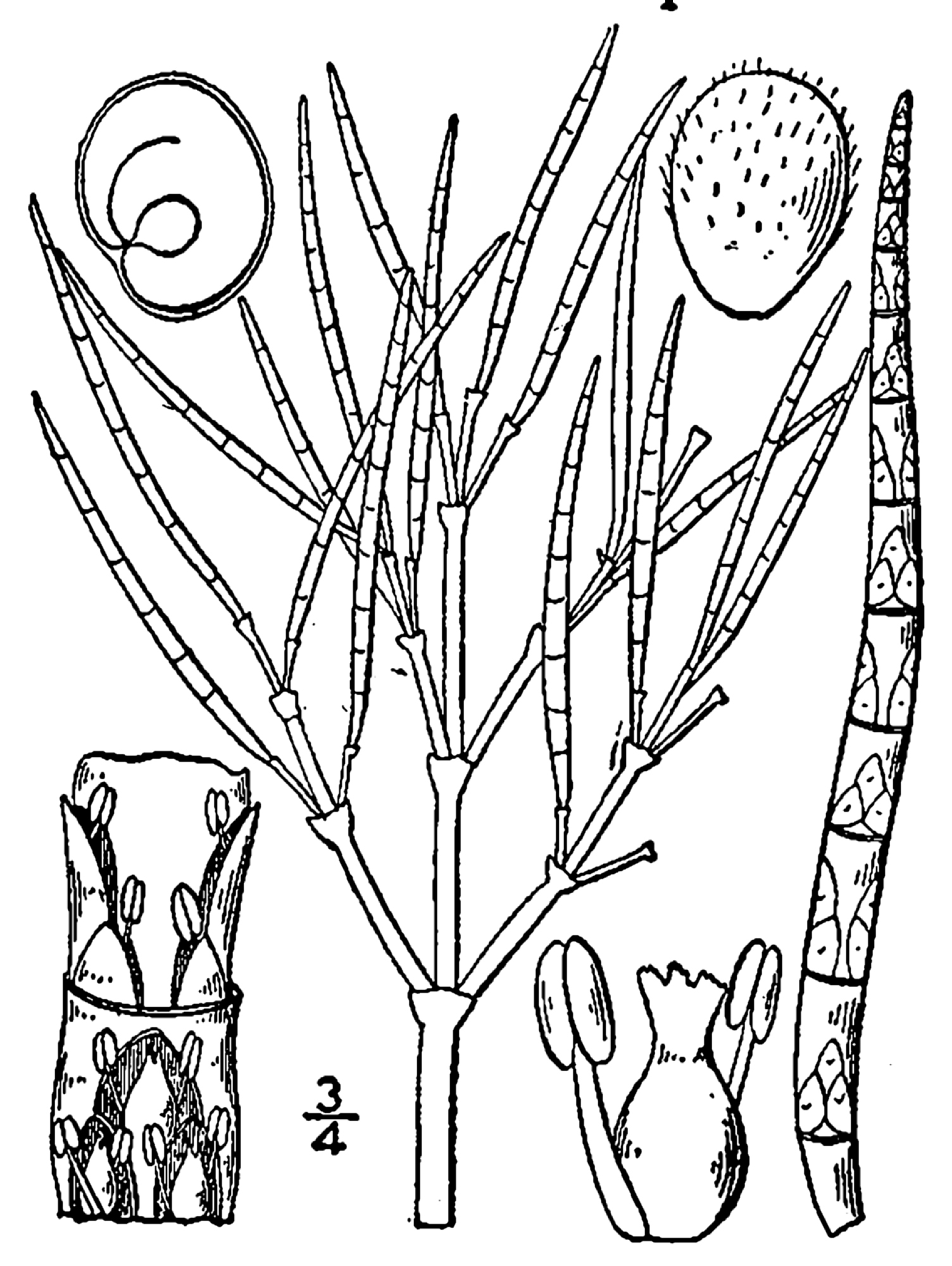
Marsh Samphire (Salicornia europaea) is a flowering succulent annual (it completes its life-cycle, from germination to production of seed, within one year, and then dies) halophyte (salt tolerant) belonging to the Amaranthaceae family. There are several species in the Salicornia genus and they all look quite similar with extremely reduced leaves (scale-like formations) and many little branches making the plant look a bit like a spineless cactus while the stems remind of thin asparagus spears. The plant usually grows up to 35cm in height in the intertidal zone of saltmarshes, mudflat and estuaries, on beaches and among mangroves in North America, Europe, South Africa and South Asia. It is of a rich green colour which turns into yellowish green and ultimately flushed pink or red towards the end of its lifecycle (in autumn). In Ireland, Salicornia europaea is the most widely distributed species all across the mudflats and sheltered beaches and estuaries along the coast.
Lifecycle
The roots of marsh samphire take up seawater, storing the salt in the leaves while reducing the salt intake as much as possible by using as little water as necessary with the thick skinned leaves of limited surface area to reduce evaporation. Roots are adapted to reduce uptake of metals and the excess salt is stored in the oldest (lowest) leaves which eventually die off. The saturated leaves turn yellow or even red while the top of the plant can still have a healthy green colour.
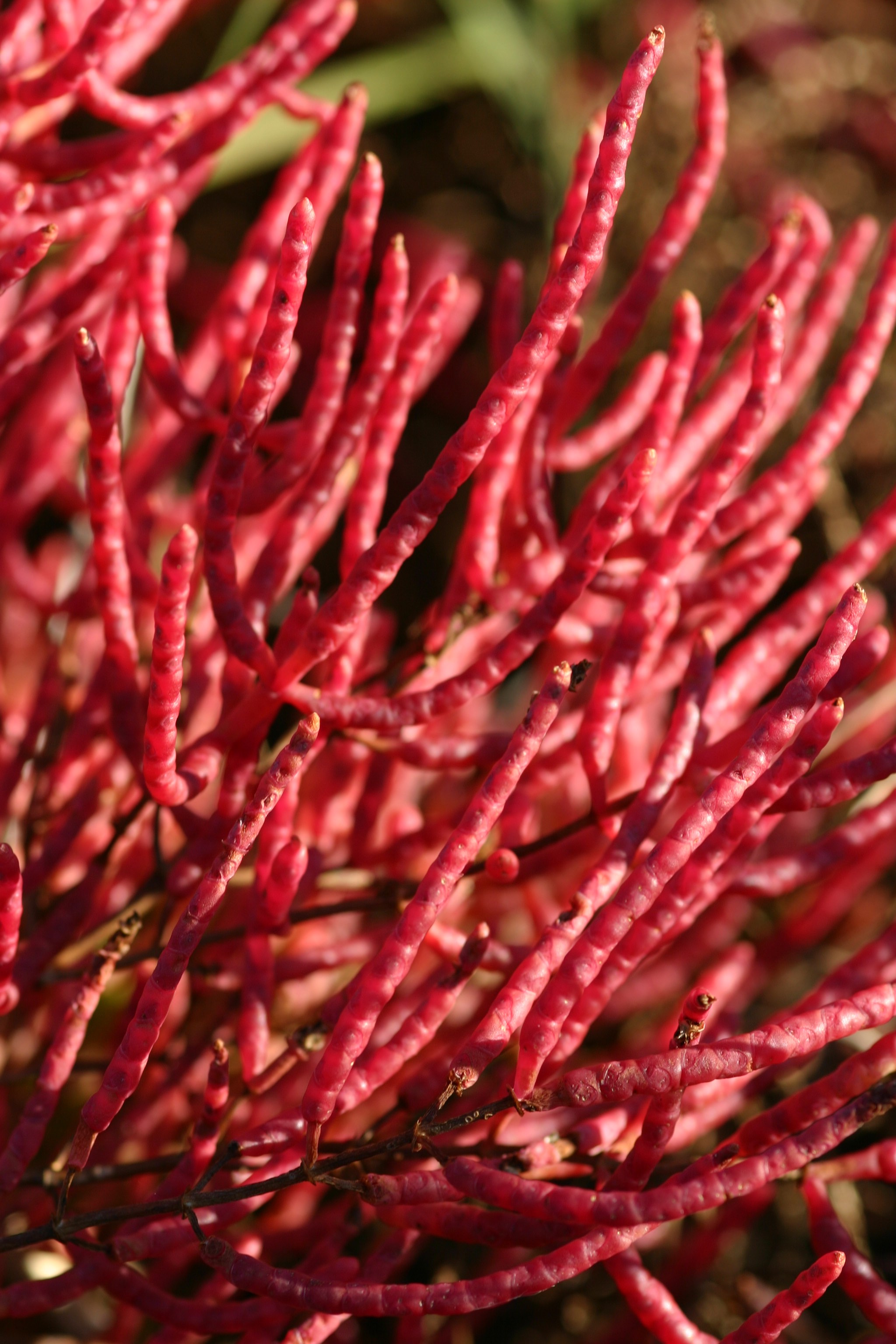 S. europaea is in flower in August, and the seeds ripen in September. The seeds are small and black and are not edible, but they produce oil which in turn can be used for consumption and is of commercial value (see below).
S. europaea is in flower in August, and the seeds ripen in September. The seeds are small and black and are not edible, but they produce oil which in turn can be used for consumption and is of commercial value (see below).
The species is hermaphrodite which means it has both male and female organs and is pollinated by wind. To germinate, the seeds require a soaking in fresh rainwater. This is why germination usually occurs in early spring, when salinity is reduced by high freshwater inflow, moist soil and relatively low temperatures.
Plant Pioneers
Marsh samphire are often considered to be a pioneer species. It means that they are typically the first plants to grow in mudflats and their presence helps establish surrounding species. These particular pioneer plants send oxygen down into the mud through their roots which helps stabilize the environment and allows other plants like sea lavender, to grow. S. europaea is also an indicator species for wetlands. As an indicator species, their presence shows a naturally occurring wetland with sufficient oxygen flow. That oxygen supports a greater diversity of plant species, which leads to a productive and healthy wetland system.
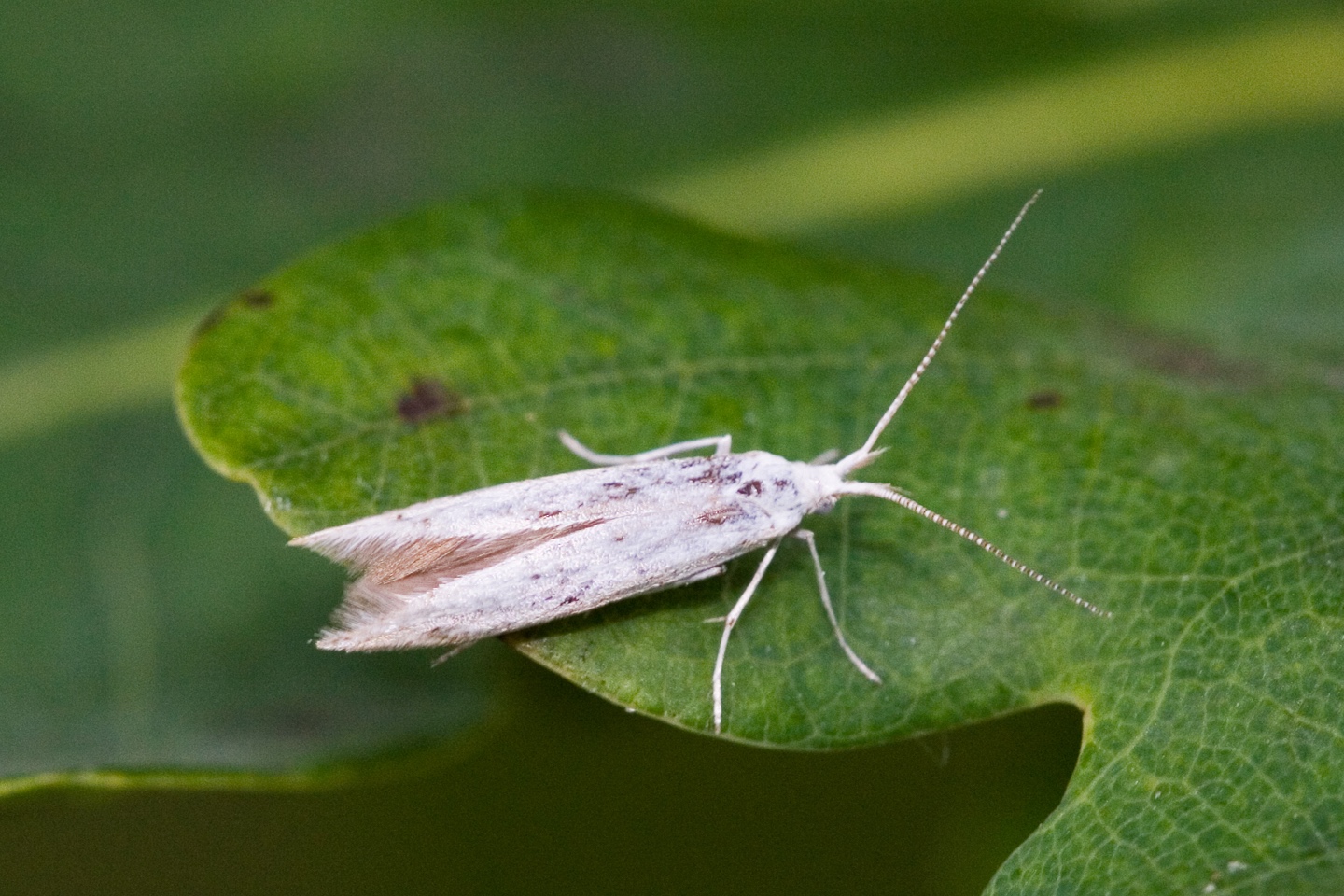
Predators
Some moth species feed on Salicornia species, especially the larvae the Coleophora case-bearers C. atriplicis and C. salicorniae which feed exclusively on Salicornia spp.. Some researchers found that the predation of S. europaea seeds by coleophorid moth larvae dramatically reduces the fitness of the plant in many marshes and therefore poses a risk of damaging their growth.

